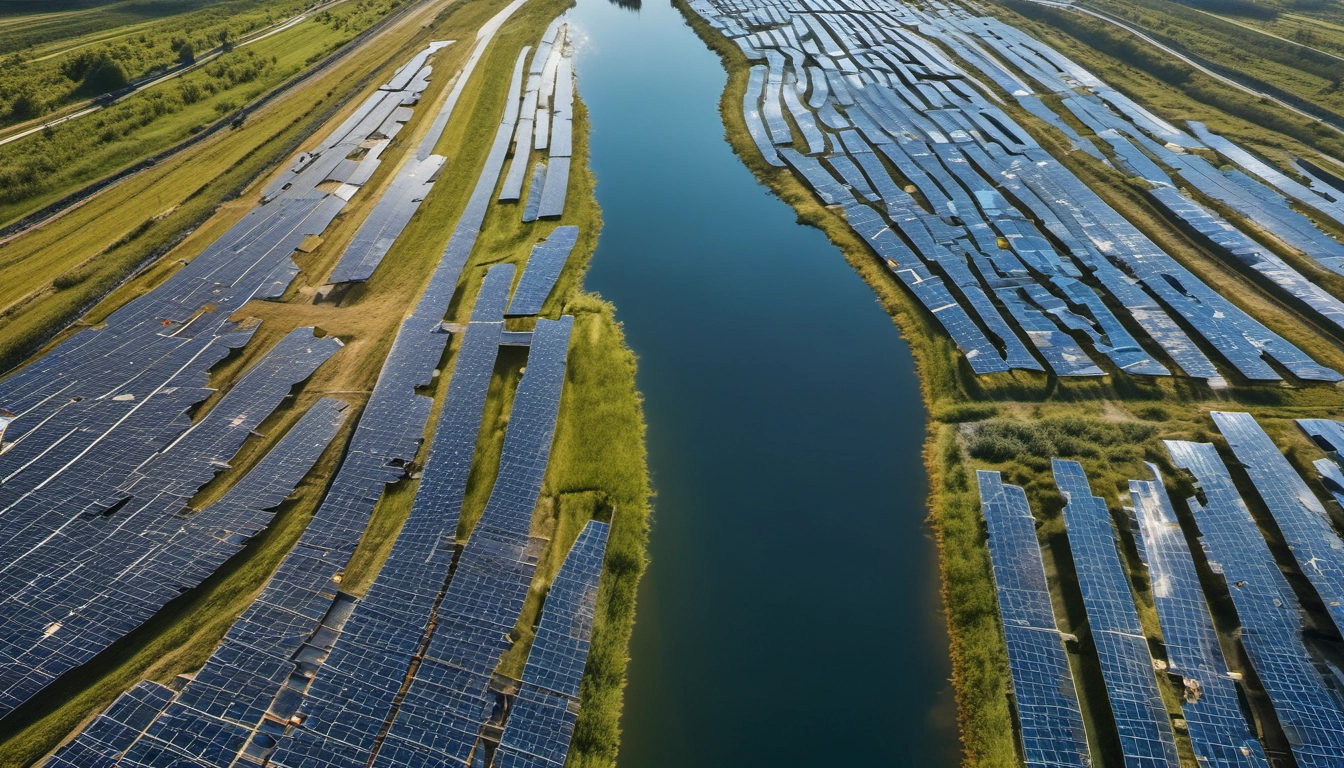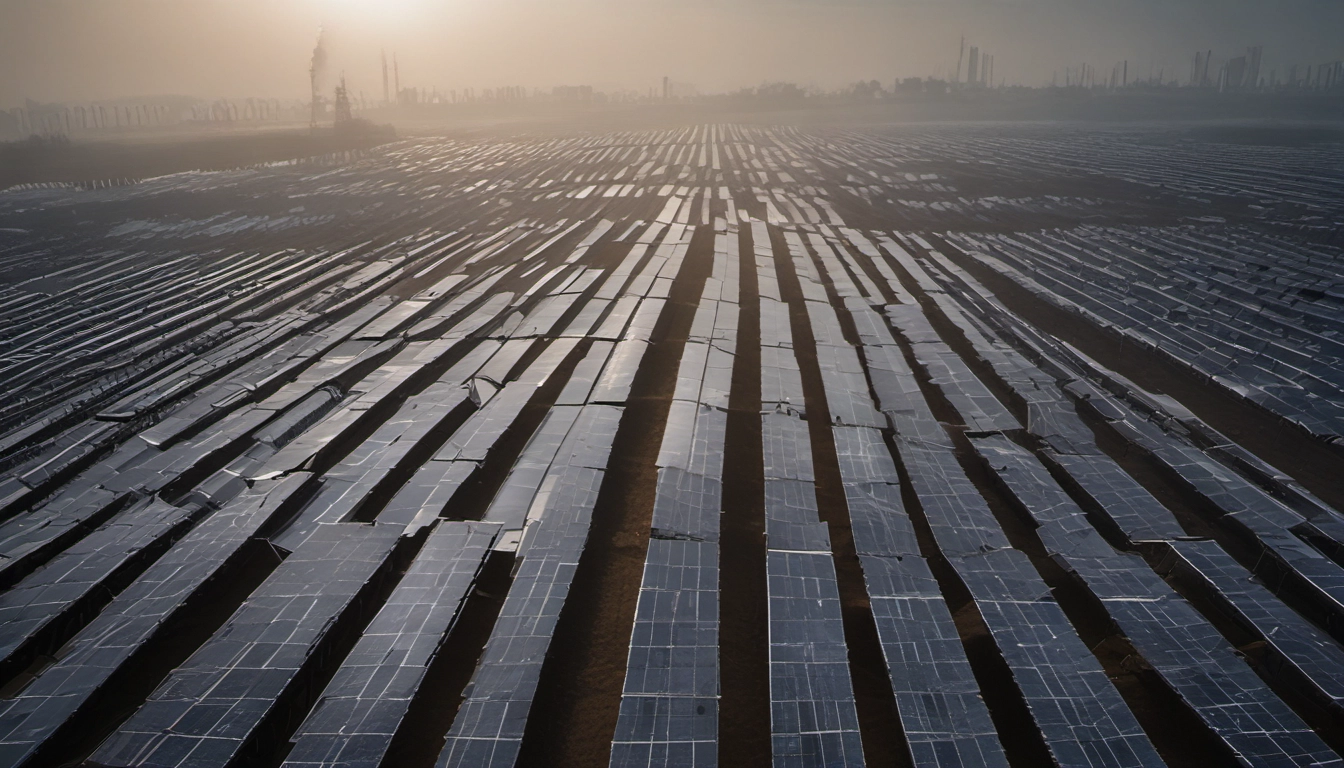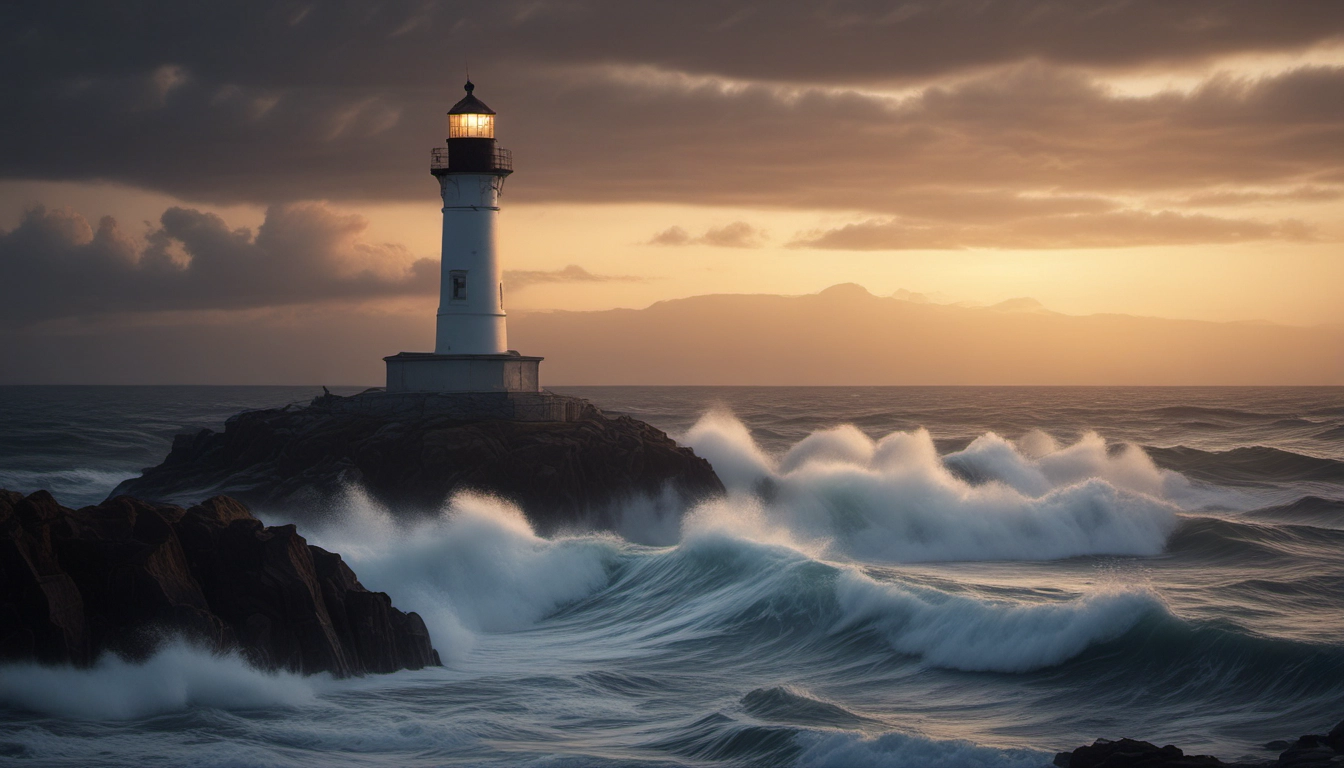Solar Canals: Benefits, Costs & Future
Solar canals put panels over irrigation canals to generate power and cut evaporation. This guide explains benefits, costs, challenges, and real pilots.

Short answer
Solar canals are canals covered by solar panels. They produce electricity, use less land, and cut water loss by shading the water. Early pilots in Gujarat, India and new projects like Project Nexus in California are testing how well they work.
What is a solar canal and how it works
A solar canal puts panels on structures above irrigation canals. The panels shade the water and the air.
That shade cuts evaporation. The water cools the panels. Cooler panels make more electricity than hot panels.
Key simple mechanics
- Shade reduces sunlight on the water, lowering evaporation.
- Water under panels cools the panels, improving efficiency.
- Panels sit over existing infrastructure, saving farmland or open space.
Main benefits
- Save water: Studies and proposals say shading canals can cut evaporation a lot. For example, California research suggests big water savings if many canals are covered; see the California Solar Canal Initiative.
- Make clean electricity: Panels generate solar power near farms and towns that use the water.
- Use less land: Building over canals avoids using fields or wild areas for panels.
- Lower weeds and maintenance: Shade reduces algae and plant growth in canals, which can cut cleaning work.
- Better panel performance: Evaporative cooling from water can raise output compared with hot, land-mounted panels.
Real-world projects to know
Gujarat, India: The first large pilot used SunEdison and local agencies to install panels on a canal stretch. It showed water savings and higher panel efficiency but also flagged costs and design issues. Read more at Canal Solar Power Project and reporting like PBS.
California Project Nexus: Project Nexus is a state pilot studying energy, water savings, and operations on Turlock Irrigation District canals. University teams from UC Merced and others are collecting data. Updates are covered by Grist and UC Merced.
Arizona and tribal projects: Smaller canal arrays in Arizona show the approach can work in dry places. See coverage at Euronews and local reports.
Costs and economics
Solar canals cost more per panel than simple ground arrays because they need stronger supports, engineering, and special access for maintenance. Upfront costs include civil works, anchors, and safety design.
Where the money can come from or be saved
- Lower land costs: No buying farmland or wild land.
- Shorter transmission lines: Canals often run near farms and towns, so grid hookup can be simpler.
- Water savings value: In dry regions, saved water has real economic value for agriculture and cities.
ROI insight: Projects and analysts suggest payback times vary. Some pilots aim for returns in the mid-teens of years once savings and power sales are counted. For many utilities, the case improves when you include avoided costs for land and long transmission lines.
Challenges and real risks
- Higher capital cost: Strong supports and special mounting raise prices versus ground-mounted solar.
- Maintenance and access: Panels over water can be harder to repair and inspect. Designs must keep crews and emergency services able to reach canals.
- Design flaws: Early projects showed that poorly planned layouts block canal access or make cleaning hard. See reporting on early Gujarat designs at PBS.
- Permits and rules: Utilities and water districts must coordinate permits, rights-of-way, and electricity market rules. Research from the California Solar Canal Initiative is studying these barriers.
How solar canals compare to other options
| Feature | Ground-mounted | Floating | Canal-top |
|---|---|---|---|
| Land use | High | Water body required | Low (uses canals) |
| Water savings | None | Some (shade water) | High for irrigation canals |
| Cost | Low-medium | High (mooring) | Medium-high (supports) |
| Maintenance access | Easy | Hard | Moderate (depends on design) |
| Best where | Open land | Large reservoirs | Irrigated arid regions |
How to run a good pilot
- Start small on a short canal stretch and design for easy access.
- Measure both energy and water savings with sensors.
- Work with the water district and local crews early to keep canal operations normal.
- Plan for maintenance access and emergency removal.
Implementation tip: Use standard modular supports that allow panels to be lifted for cleaning and repairs. This lowers downtime and makes maintenance cheaper.
Policy and permitting to watch
Adoption often depends on local rules. Look for:
- Water agency approval.
- Grid interconnection rules and whether small arrays can sell power locally.
- Funding for pilot projects from state climate programs. The California initiative is an example of research and policy work that helps scale pilots.
Future outlook
Solar canals are not a silver bullet, but they are a useful tool where canals run through dry, sunny regions and land is scarce. Pilots in India and the U.S. are gathering data. If designs solve maintenance and cost issues, solar canals could scale as part of a larger clean-energy mix.
Quick takeaways
- Solar canals generate power, save water, and use less land than ground farms.
- They cost more up front and need good design for maintenance.
- Pilots like Gujarat and Project Nexus are testing real-world value.
- Start with a small pilot, measure both energy and water, and design for access.
More reading and sources
- Solar canal - Wikipedia
- Canal Solar Power Project (Gujarat)
- Canary Media on Project Nexus
- PBS feature on challenges
- California Solar Canal Initiative
Author note: Solar canals can deliver water and energy wins where design and maintenance are built into the plan. For utilities and water districts, consider pilots that measure both water saved and electricity produced to judge real value.


